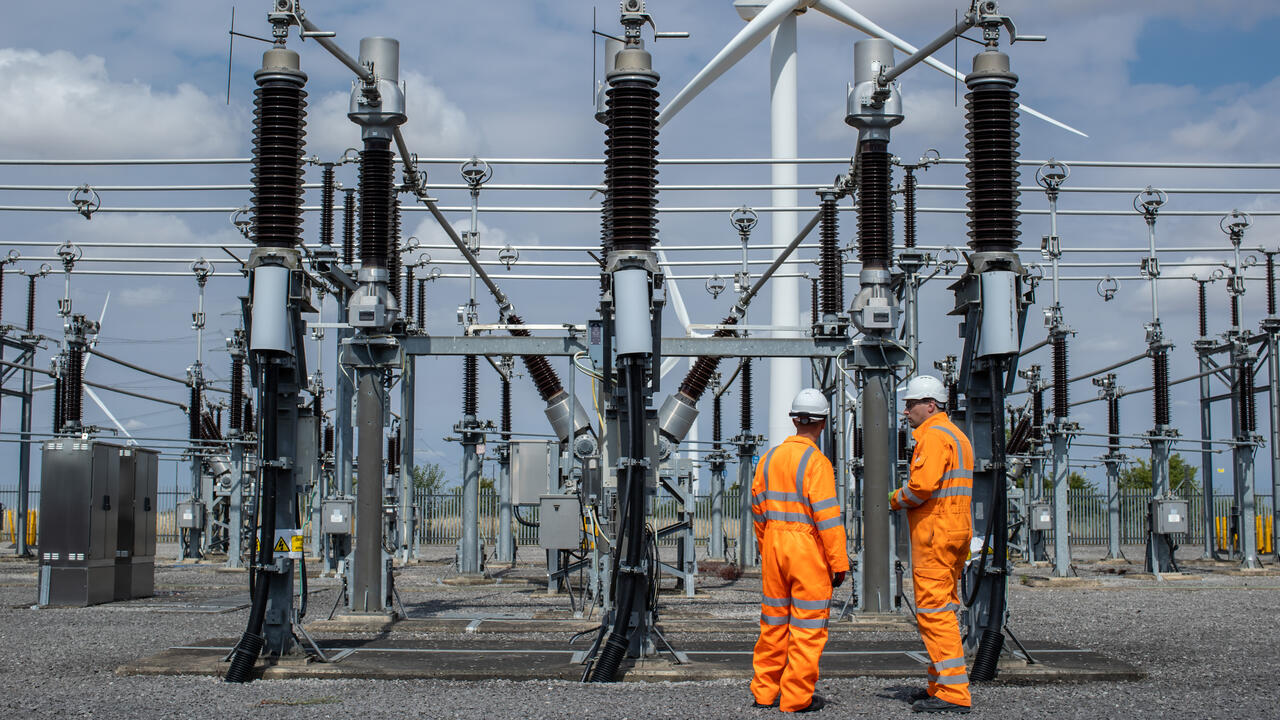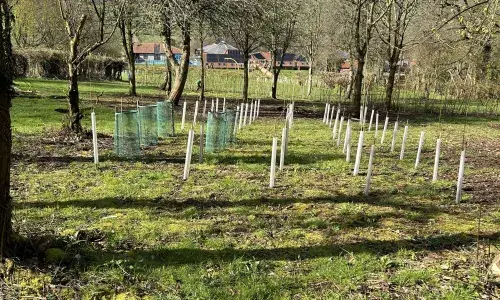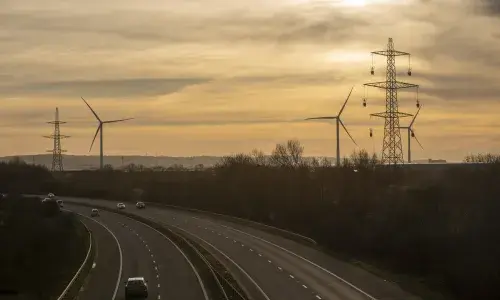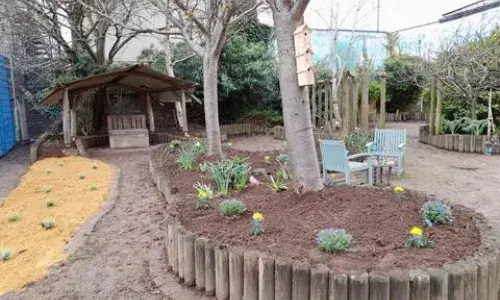
Queue management: the next step in accelerating grid connections
In the race to connect enough renewable power to the grid to help Britain reach net zero, we’re committed to reducing the time customers will wait for a connection.
It’s a commitment that will bring benefits for consumers too, with the clean energy transition the surest route to long-term security of supply, energy resilience and affordability.
As the transmission owner in England and Wales, we work closely with National Grid Electricity System Operator (ESO) – who facilitates the connections process – to assess what’s needed to fulfil a customer’s connection offer, and then we deliver the works needed to connect them.
For those looking for a connection to the electricity transmission system in England and Wales, the queue currently comprises 176GW* of new generation and interconnector schemes (compared with 64GW of connected capacity today), made up of over 600 projects and extending more than a decade into the future.
A growing connections queue
Despite its length, the queue continues to grow at an unparalleled pace. In England and Wales alone, we are typically seeing 50 connection applications a month – most of which are requests for new connections – which amounts to around 600 per year.
But customers rarely leave the queue; in fact, on average just five customers will leave the queue over a year. This means that customers with projects that are ready to go can be blocked by other projects that are not ready or able to proceed.
That’s why, following the recent introduction of the TEC amnesty as an initial step, National Grid ESO proposed a change to the industry rules to introduce ‘queue management’. This proposal is now being considered by the industry ahead of it being passed to Ofgem to ultimately decide whether it should be implemented.
National Grid Electricity Transmission (NGET) has supported the ESO’s development of its proposal, and as a member of the industry working group considering the changes, we’re strong advocates for its implementation.
We firmly believe new queue management arrangements should apply to all projects as soon as possible
At its heart, the proposed new way of working will require customers developing projects to meet key milestones at various points of their connection journey. Where these milestones are not met, stalling projects will have to make way for other projects further back in the queue that are ready to proceed.
What milestones should be considered?
Milestones should include demonstrating that land rights have been secured; or that a detailed construction programme has been developed; or that the final investment decision has been taken.
We recognise that when developing complex projects, events outside customers’ control can happen. Therefore, an allowance for these needs to be considered; but the flexibility offered to one project must be balanced against the impact on other projects that may be ready to proceed.
Planning permission is another key factor that determines whether a customer project will proceed. According to the ESO’s TEC Register, in England and Wales there are about 170 projects (nearly 30GW) contracted to connect by the end of 2025. Of these, only half the capacity is shown to have planning consents in place – making it very unlikely that all these projects will be ready on time.
Customers with projects within the queue should consider using the TEC amnesty to withdraw from the queue on more favourable terms than with queue management
Furthermore, there are many sites where two or more projects are looking to connect at the same substation and even use the same land. In one instance, there are as many as eight individual projects seeking to connect at one site on our network.
In these cases, planning decisions will often interact to manage the impact on the communities. This can increase the cost of the connections that do proceed because more complex solutions might be needed to accommodate the potential of multiple connections, even if some are unable to secure the necessary consents to proceed.
Who should queue management apply to?
The working group has been discussing which projects queue management should apply to. Options being considered include applying it to new connection agreements and to existing customers when they change or modify their agreement, through to applying it to all existing and new agreements at the same time.
Although implementation is subject to Ofgem’s final decision, we firmly believe the new arrangements should apply to all projects as soon as possible.
This is for three reasons. Firstly, if queue management only applies to new and modified agreements, implementation will be open-ended and will take several years to fully conclude. This will delay the connection of low-carbon generation, which is vital to achieve net zero and is in consumers’ interest.
Secondly, it avoids discouraging existing customers from making changes to their connection agreement, which could increase network development costs that are ultimately borne by consumers.
And thirdly, it means all customers will be treated the same. We think this is the fair thing to do, as customer projects at the front of the queue (i.e. those who applied first) are no more likely to connect in their contracted timescales compared to those at the back of the queue.
What are the next steps?
Update: The deadline for connections customers to submit expressions of interest for TEC Amnesty has been extended to the end of April 2023.
The working group is about to undertake an industry-wide consultation on the queue management arrangements. It will be an opportunity for a wider set of views to be provided.
In the meantime, customers with projects within the queue should consider using the TEC amnesty – with non-binding expressions of interest required by the end of November 2022 – to allow them to withdraw from the queue on more favourable terms than will be available if Ofgem decides to implement queue management.
These are all measures we’re confident will help projects connect to the grid more quickly to support progress towards a clean, reliable and affordable energy system.


